This month we are focusing on things you can do to give your business a quick health check and improve your business performance during this financial year. To start, let’s look at ways you can reduce the costs involved in running your business.
When you are caught up in the day to day running of your business it’s easy to lose track of costs or leave small direct debits in place even though they are no longer required. These may seem inconsequential in the overall scheme of things, however they can quickly mount up to a considerable amount over time.
So take the time to do a quick cost review and ensure you are keeping as much money in your business as possible.
Cutting costs can be a quick and easy way to immediately improve the profitability of your business. Focus your efforts on identifying and eliminating costs that are clearly a waste of your resources, but be careful as indiscriminate cost cutting can lead to a loss in production quality. This could also lead to poor staff morale if they fear being made redundant or no longer have the necessary tools they need to do their job efficiently.
Planning for effective cost control
The first step towards reducing costs is identifying your major cost centres. These are likely to include:
- Production
- Purchasing
- Sales and marketing
- Financing
- Administration
- Facilities maintenance
Trial new ideas
You might find it’s difficult to anticipate savings without actually implementing new systems and processes. Remember that any changes you make don’t need to be permanent. If you aren’t sure if a cost saving measure is suitable for your business, consider trialling it for a few months then assessing the results. This way, you’ll soon get an idea of the real cost savings without having to commit long-term to new processes or changes.
Any new processes or systems should be benchmarked and frequently revisited to ensure they are still suitable for your business. Consider asking staff for feedback about any changes to make sure there are no hidden problems that could be costing you more.
If you are in doubt about any potential changes, consider seeking professional advice from an accountant, industry association, or business mentor.
Quick savings
You might be surprised to find that significant savings can be made without having to worry about quality and performance being affected. Here are the most popular ways to trim costs without making radical changes:
- Eliminate unnecessary costs – start with waste reduction, heating and utilities charges.
- Reduce inefficiency by identifying manual tasks that could be computerised or completed less frequently.
- Avoid frequent, small orders that cost more than larger orders and take additional time to complete.
- Reduce travel expenses by booking air travel earlier and using cheaper accommodation on business trips.
- Find alternatives to high priced suppliers or negotiate better payment terms or discounts on purchased goods.
- Revise your credit policies to encourage prompt payment.
- Brainstorm quick cost saving ideas with your staff – they might have some useful suggestions you may have overlooked.
Significant savings
Once you have identified your major cost centres, you may want to investigate potential ways to save money by changing existing processes.
Some of the most common opportunities are listed below, but before adopting any changes you should be aware of any potential damage to your core business activities.
- Cut payroll costs by outsourcing non-essential activities.
- Redesign your existing processes to eliminate duplication and cut time wastage.
- Make use of current technology or latest industry thinking.
- Agree to long-term supply contracts or guarantee a minimum purchase amount to secure better terms.
- Trim back or revise your current product offering and remove poorly performing products.
- Form strategic alliances with other businesses to buy larger volumes.
- Consider subletting office space or relocating to a more cost efficient location.
There may also be other costs such as long-term, fixed rate business loans or fixed price contracts for raw materials that you may be able to reduce when these are up for renewal or tender.
Pitfalls to avoid
Reducing costs can have a negative effect, so you’ll need to be sure that changes will not compromise your operational performance.
Some common pitfalls include:
- Over-dependence on one supplier could put you at risk if your supplier fails.
- Reducing your marketing budget could affect your marketing strategy.
- Tighter control of business finances could leave you without a safety margin if cash flow becomes tight.
- Cutting short-term costs such as training, research and development or advertising can lead to long-term weaknesses.
Employee costs
Reducing employee-related costs is generally risky and counterproductive in the long term. Reducing costs such as staff training or meeting times could lead to poor staff morale and reduced productivity.
Changing an employee’s terms and conditions can also create legal issues in some circumstances, so it’s always a good idea to get expert advice before making a decision. Making employees redundant could bring short-term costs and the risk of possible legal proceedings. It may also contribute towards low morale.
These problems can be minimised by maintaining clear communication with employees. Introducing cost savings through improved practices and procedures will require a degree of employee ‘buy in’, so it’s important your employees are aware of why you are making changes. Employees may need additional training and support during these periods.
If you would like help to identify potential cost saving opportunities within your business, we can provide an obligation free review of your business. Cutting costs is one of the quickest and easiest ways to improve your profitability, so call us today on 08 9204 3733.







Comments are now closed for this article.